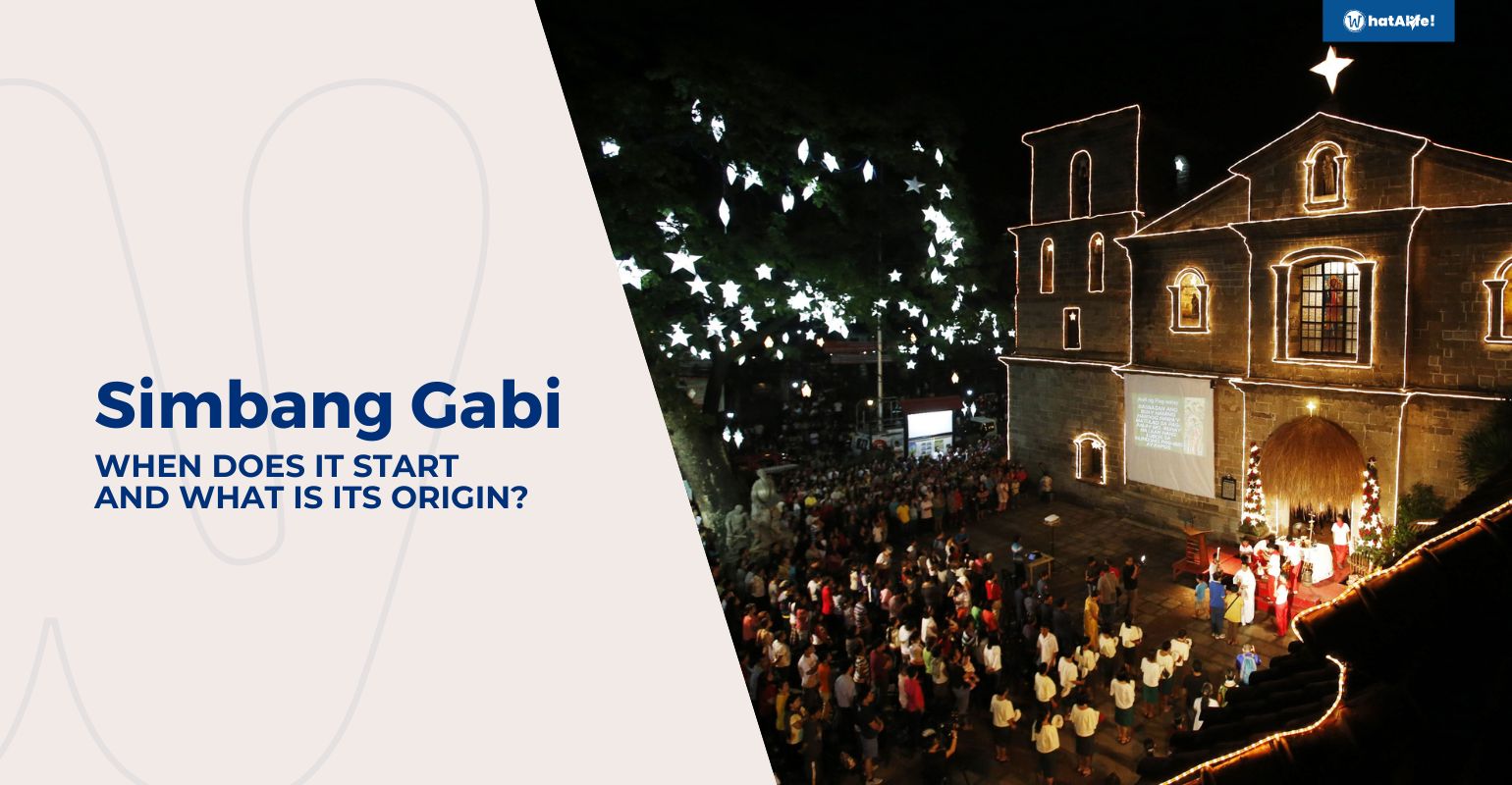Simbang Gabi is a tradition Filipinos practice as long as it can be remembered. To Filipinos, it is a necessary tradition since it is one of the ways to celebrate the birth of Jesus and spiritually prepare for Christmas day. One might ask, when does simbang gabi start?
A lot of Filipinos see this tradition as a manner to offer their sacrifices and ask for blessings from God due to the belief that their wishes will come true if they completely attend the nine dawn masses. Traditionally, simbang gabi starts and ends on December 16 and 24, respectively.
Table of contents
Simbang Gabi in the Philippines
The Philippines is a predominantly Christian and Catholic nation with numerous devoted churchgoers. Numerous parishes and religious sites are also predominant in the country and are present in nearly every barangay one can visit.
This tradition is still evident in 2023 and may come as a shock for non-Filipino Christians and surprise them when discussing going to church at dawn for nine days straight. Other Filipinos view the practice as a way to honor the Blessed Mother of Jesus, stating that it all started with her. The long standing tradition is a practice of going to church for nine consecutive days in anticipation of Christmas, celebrating both Jesus and his Mother.
What is the Difference Between Simbang Gabi & Misa de Gallo?
In essence, Simbang Gabi & Misa de Gallo are the same. When Spaniards brought this tradition to the Philippines, it was referred to as “Misa de Gallo” which translates to “Mass of the Rooster” since it commenced at dawn. At present, churches usually use Simbang Gabi to schedule the nine-day celebration with evening masses and use Misa de Gallo for dawn masses. Over the years, there have been various schedules for the mass to accommodate various schedules.
The Origins of the Christmas Tradition
The practice of simbang gabi can be traced back to the Spanish colonization of the Philippines. The Spaniards have also been known to bring the religion into the Philippines and rapidly impact various areas of the country, converting Filipino pagans into Catholicism.
The celebration of these masses for nine following days was called “Misa de Gallo” which translated to “rooster mass” since these masses were held at dawn. These early celebrations were originally set to accommodate farmers who are known to work before the sun rises to avoid the intense heat in the work day out on the field. Later on, Pope Sixtus V declared that it was ideal to celebrate these masses for farmers to be able to attend masses during the harvest season.
Additionally, it is also a common practice to celebrate with your family after attending the masses. In this nine-day period, churches are usually filled with families spiritually preparing for the Christmas season. On top of that, at present numerous vendors also flock to the parishes serving various street foods and delicacies. Traditionally, the post-mass meals included roasted pig, chicken adobo, empanada, and more.
For a long time, Filipinos are known to have extremely close family ties, and that resonates into the Christmas season as well. Aside from Christmas parties that involve extended families, Filipinos also spiritually celebrate the season. Christmas is an especially long season in the country, with countdowns beginning as early as a hundred days before the event.
Simbang Gabi’s Roots Outside Filipino Culture
Origins of the nine day mass celebration trace back as early as year 381 where evidence can be found of Catholics in Jerusalem celebrating the mystery of Christmas where they held a midnight vigil and followed with a procession with torches heading to the Church of the Resurrection.
Pope Sixtus III was then inspired to have midnight masses in the renowned Basilica of Santa Maria Maggiore’s grotto-like oratory. Furthermore, Diego de Soria, a head priest from San Agustin de Acolman in Mexico asked Pope Sixtus V in 1587 to have these masses outside since the churches couldn’t fit everyone who attended the mass.
Another fun fact is that the Philippines isn’t the only country who celebrates Simbang Gabi, Venezuela is another country that celebrates the same tradition.
Popularization of Parols During Simbang Gabi
Another contributing factor to the beauty of simbang gabi aside from it being a celebration for the birth of Jesus and an avenue for families to spend time together is that in the local text, this was the start of the popularization of parols.
When the Spaniards colonized the Philippines and brought Catholicism to the country, flickering and colorful lanterns were displayed and hung outside local parishes and were soon known as “parols”.
These masses were known to begin once the church bells or brass bands began to play Christmas music all around the local barangays. With some priests even going the extra mile and knocking on homes themselves to invite families to join and celebrate mass at dawn.
For a brief period, the tradition was suspended in the Philippines due to the Vatican thinking it was odd to play Christmas music during mass, which is a common practice in the tradition. Former Manila Archbishop Felipe Pardo implemented this in the country. However, it was reinstated after his death and the Vatican granted the Philippines’ petition.
Also Read: GUIDE: Iloilo Travel Requirements for Tourists in 2023



Leave a Reply